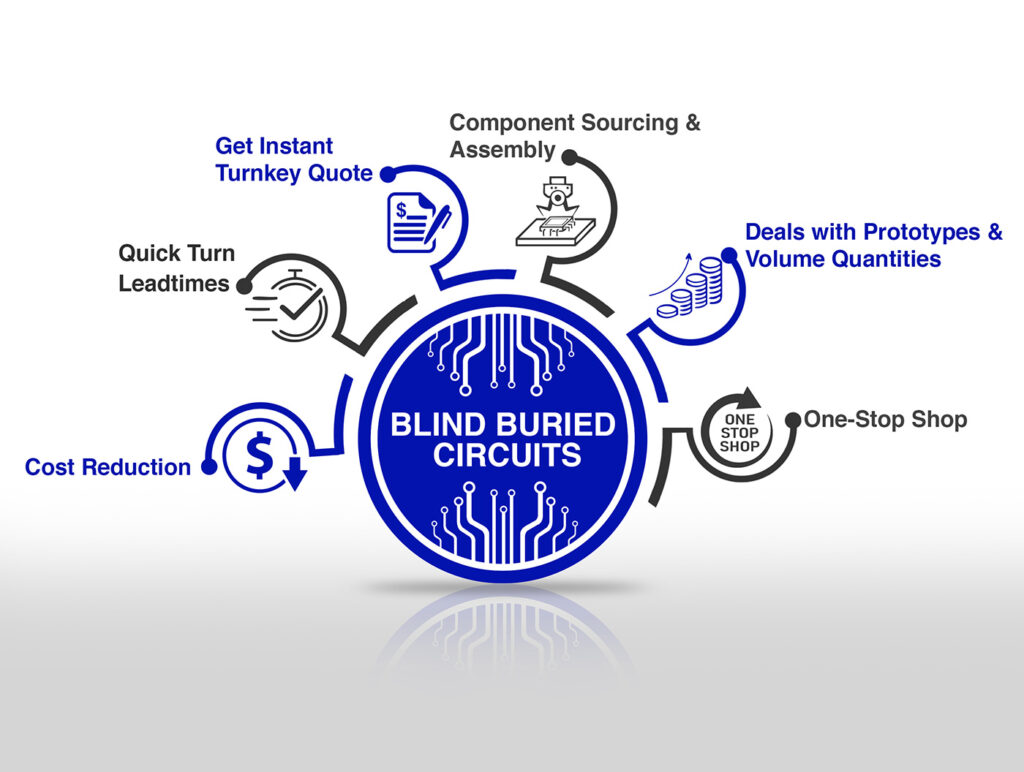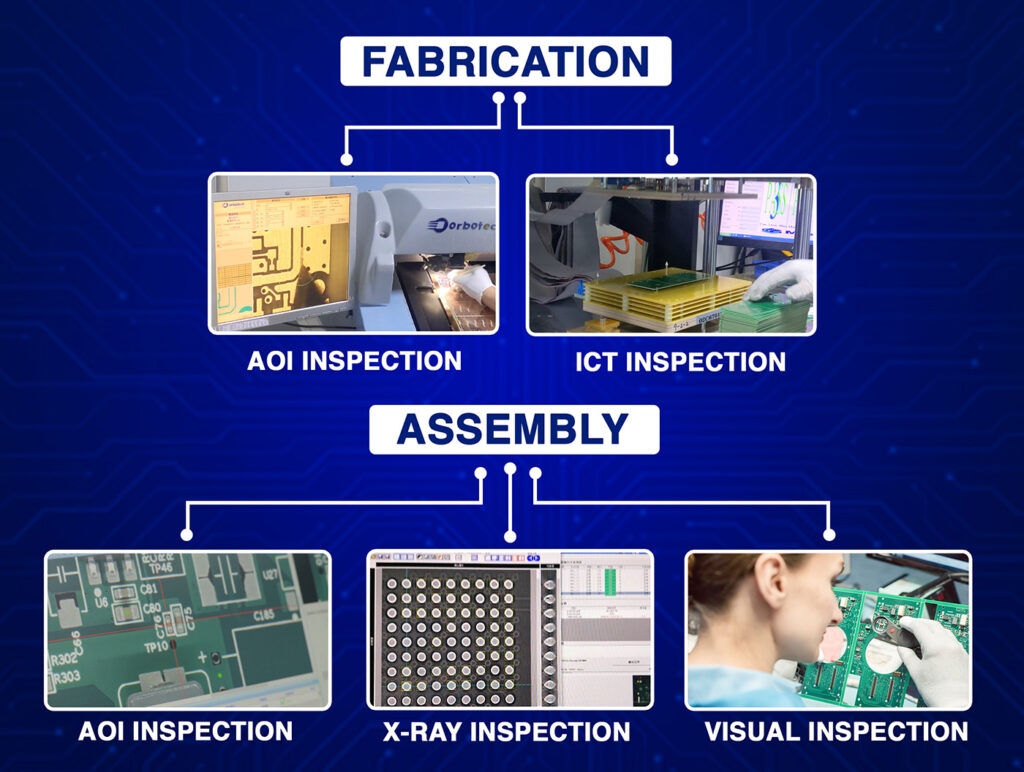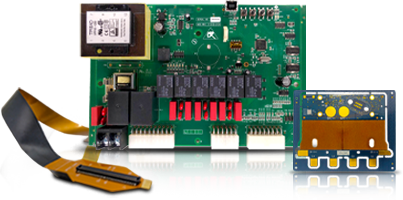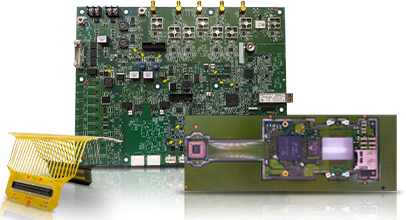Medical devices are becoming smaller, smarter, and more reliable than ever before. Whether it’s a wearable heart monitor, an implantable pacemaker, or an advanced imaging system, every device depends on a high-performance printed circuit board (PCB) to function. But traditional rigid PCBs have limitations. They are bulky, fragile, and often too large for modern medical applications.
This is where flex PCBs come in. These circuits are designed to bend, fold, and fit into compact spaces, making them ideal for medical technology. If you are looking for a PCB manufacturer to build high-quality medical PCB assemblies, understanding the role of flex PCBs can help you create better, more efficient devices.
What Are Flex PCBs?
A flex PCB (Flexible Printed Circuit Board) is a type of circuit that can bend and flex without losing functionality. Unlike rigid PCBs, which are built on stiff substrates, flex PCBs use materials like polyimide or liquid crystal polymer (LCP), allowing them to be shaped to fit unique device designs.
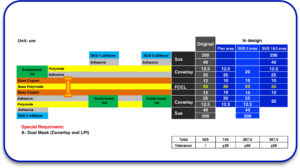
Key Features of Flex PCBs:
- Ultra-thin and lightweight, making them ideal for compact medical devices.
- It can be bent or twisted to fit inside small implants or wearable medical devices.
- Resist vibrations and mechanical stress, ensuring long-term durability.
- Efficient heat dissipation, reducing the risk of overheating in high-power applications.
These features make flex PCBs essential for medical device PCB design and medical PCB assembly.
Why Are Flex PCBs Used in Medical Technology?
Medical devices need to be highly reliable, compact, and durable. Flex PCBs make this possible by offering several advantages:
1. Miniaturization of Medical Devices
Modern healthcare devices must be small and lightweight to ensure patient comfort. Rigid PCBs take up too much space, but flex circuits solve this issue by allowing components to be stacked, folded, or wrapped into ultra-compact designs.
Examples:
- Hearing aids that fit inside the ear canal.
- Wearable heart monitors that wrap around the wrist or chest.
- Implantable glucose sensors for continuous blood sugar monitoring.
By using flex PCBs, medical PCB manufacturers can create smaller, more efficient devices.
2. Enhanced Durability and Longevity
Medical equipment needs to withstand daily wear, temperature fluctuations, and mechanical stress. Flex PCBs:
- Are resistant to vibrations and mechanical stress, reducing failure rates.
- Can endure repeated bending, making them ideal for flexible medical devices.
- Offer better performance in high-temperature environments, preventing malfunctions.
This durability is why flex PCB manufacturers prefer flexible circuits for medical applications.
3. Better Signal Integrity for Medical Electronics
Many medical devices, such as MRI machines and ECG monitors, require high-speed, interference-free signals. Flex PCBs:
- Reduce electromagnetic interference (EMI), ensuring clear, accurate readings.
- Have shorter signal paths, which improves efficiency and reduces power loss.
- Eliminate the need for bulky connectors, further enhancing reliability.
This makes flex PCBs the best choice for high-performance medical device PCB design.
4. Biocompatibility for Implantable Medical Devices
Implantable medical devices, such as pacemakers and neurostimulators, must be safe for long-term use inside the body. Flex PCBs:
- They are made with biocompatible materials, preventing immune reactions.
- Are ultra-thin and lightweight, making them comfortable for patients.
- Withstand bodily fluids and extreme conditions, ensuring long-term reliability.
A trusted PCB board manufacturer ensures that flex circuits meet FDA and ISO medical standards.
5. Flexibility for Complex Medical Equipment
Advanced medical machines, such as ultrasound scanners and robotic surgical tools, require circuits that can fit into complex shapes. Flex PCBs:
- Enable better movement in robotic arms used for surgeries.
- Improve the connectivity of imaging sensors, enhancing image clarity.
- Make wearable technology more comfortable, improving patient experience.
These benefits highlight why flexible PCB fabrication is essential for modern healthcare technology.
Key Applications of Flex PCBs in Medical Devices
Flex PCBs play a crucial role in various medical innovations. Here’s how they are used:
1. Wearable Health Devices
- Smartwatches that monitor heart rate and oxygen levels.
- Continuous glucose monitoring (CGM) devices for diabetics.
2. Implantable Medical Electronics
- Pacemakers and defibrillators for heart patients.
- Neural implants that help restore motor functions.
3. Medical Imaging and Diagnostics
- MRI and CT scan machines use flex PCBs for precise signal transmission.
- X-ray sensors rely on thin, flexible circuits for accurate image capture.
4. Minimally Invasive Surgical Tools
- Endoscopes with embedded flex circuits improve imaging inside the body.
- Laparoscopic tools use flexible PCBs for better control and movement.
5. Smart Prosthetics and Assistive Devices
- Robotic prosthetics use flexible circuits for enhanced movement.
- AI-powered exoskeletons integrate flex PCBs to improve functionality.
Challenges in Manufacturing Medical Flex PCBs
While flex PCBs offer numerous advantages, manufacturing them requires specialized expertise.
1. Selecting the Right Materials
- Polyimide and LCP are the best materials for biocompatible flex PCBs.
- Adhesives must be medical-grade and resistant to sterilization.
2. Ensuring High Precision
- Tight tolerances are required for complex medical designs.
- Advanced testing (X-ray, AOI, and electrical tests) ensures error-free production.
3. Cost Optimization
- High-quality materials and precision manufacturing can increase costs.
- Optimizing design layouts helps reduce waste and improve efficiency.
Choosing an experienced PCB manufacturer ensures high-quality, cost-effective production.
Best Practices for Medical Flex PCB Design
To get the best results, follow these best practices:
1. Work with a Trusted PCB Manufacturer
- Choose a PCB board manufacturer with ISO 13485 certification for medical devices.
- Ensure compliance with FDA and IPC standards for safety.
2. Optimize Component Placement
- Position critical components in low-stress areas to prevent damage.
- Use shielding techniques to reduce signal interference.
3. Prioritize Durability and Flexibility
- Use multi-layer flex designs for added strength.
- Choose materials with high flex life cycles for longer-lasting devices.
4. Perform Rigorous Testing
- Conduct thermal, mechanical, and electrical stress tests to ensure reliability.
- Use automated inspection techniques to detect defects early.
Following these steps ensures high-quality medical PCB assembly that meets strict regulatory requirements.
The Future of Flex PCBs in Medical Technology
As medical technology continues to evolve, the demand for flex PCBs will only grow. Their lightweight, durable, and flexible nature makes them perfect for wearable devices, implantable electronics, and advanced imaging systems. At Blind Buried Circuits, we specialize in custom PCB manufacturing and medical PCB assembly, ensuring top-quality flex PCBs that meet industry standards.
Need a reliable PCB manufacturer for your next medical device project? Contact us today!

